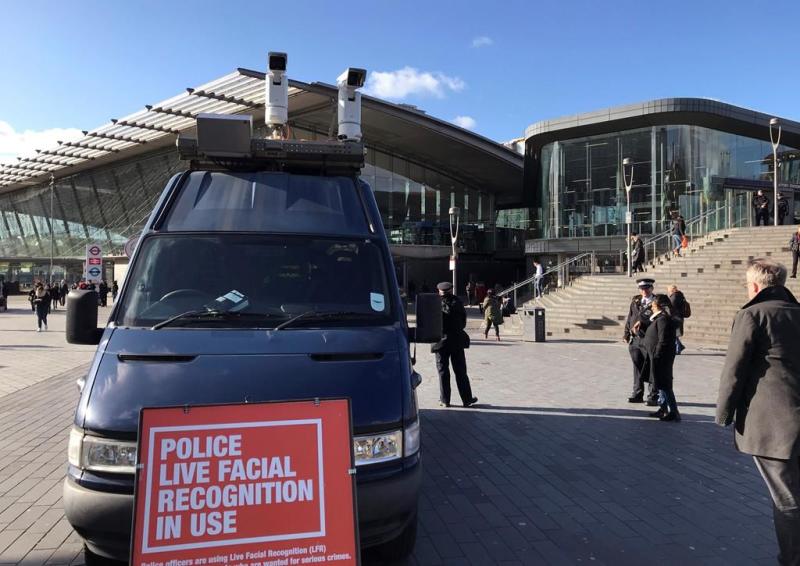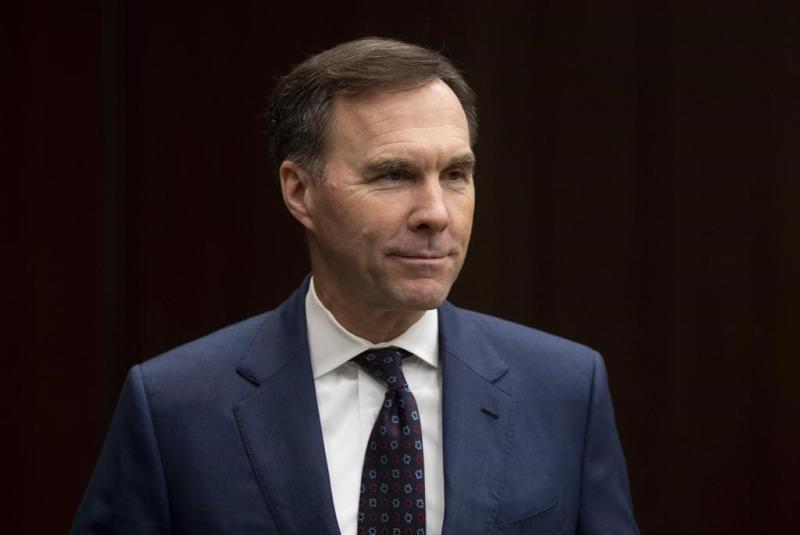Julie Johnsson and Anders Melin Bloomberg March 7, 2020
(Bloomberg) -- Boeing Co. Chief Executive Officer Dave Calhoun said he regretted berating his predecessor in an interview with the New York Times this week, backtracking almost immediately from a harsh critique that rattled employees of the embattled planemaker.
“I am both embarrassed and regretful about the article,” Calhoun wrote in a message to senior executives at the company, referring to a story that appeared March 5. “It suggests I broke my promise to former CEO Dennis Muilenburg, the executive team and our people that I would have their back when it counted most.”
The about-face suggests an attempt at damage control just two months after Calhoun took over as CEO following a decade of service on Boeing’s board. The new boss’s first extensive print interview as CEO left many inside Boeing dumbfounded and angry, said current and former employees. The article spread like wildfire both inside the company and among the wide network of Boeing alumni, and a stunned “wow” was a common response, one of the people said.
A veteran of General Electric Co. and Blackstone Group Inc., Calhoun, 62, is one of only a handful of outsiders to ascend to the top job at Boeing. His chiding of Muilenburg and other executives were especially meaningful given the setting: a leadership center outside of St. Louis that was modeled on GE’s famed Crotonville campus north of New York.
“Regarding Dennis, he is a friend, and I was personally invested in his success -- and still am,” Calhoun wrote a day later in the memo, which was viewed by Bloomberg News. “I explicitly stated to the reporters that I helped select the leadership team I have on the field and that they had my full support. I gave names. This discussion failed to make it into the story.”
‘Pot of Gold’
Calhoun has pledged to be transparent and to move decisively in steering Boeing out of one of the worst crises in the company’s century-long history, two fatal crashes of its 737 Max that killed 346 people. He didn’t mince words in the interview with the New York Times.
Muilenburg made bets that were too risky, including pushing jet production rates to record heights, Calhoun told the newspaper. That ended up damaging relationships with customers, regulators and suppliers, he said.
“If anybody ran over the rainbow for the pot of gold on stock, it would have been him,” Calhoun said of Muilenburg. The array of issues he now must deal with “speaks to the weakness of our leadership,” Calhoun said.
Given Calhoun’s status as a longtime board member, his comments potentially give plaintiffs’ attorneys and victims’ families leverage by validating some of the most damaging allegations against Boeing. Calhoun may also have opened himself to being hauled before Congress to explain just how much worse the situation at Boeing is than he knew when he was chairman or lead director.
Damaged Credibility
“It was damaging to his credibility and the company,” said Richard Aboulafia, an aerospace analyst with Teal Group. “Saying your predecessor was motivated by ‘gold’ to cut corners? That’s as damaging as it gets.”
The harsh rebuke was probably a calculated move by Calhoun to distance himself from previous decisions and clear the runway for Boeing’s recovery, said Gene Grabowski, a partner at crisis communications firm kglobal, in comments before the apology. Trouble is, it strained credulity.
For a decade, Calhoun had been among the most outspoken and influential directors on Boeing’s board, one of the people said. Calhoun was lead independent director before replacing Muilenburg as chairman last year, and his opposition was enough to kill company initiatives. Years ago, Calhoun had been in the running to replace Jim McNerney as Boeing CEO. Instead, Muilenburg got the nod.
“It’s a risky strategy,” Grabowski said. “Because of his long tenure on the board, Calhoun surely must have had a good idea of what was going on inside the company. If he didn’t, he would have been negligent.”
---30---







